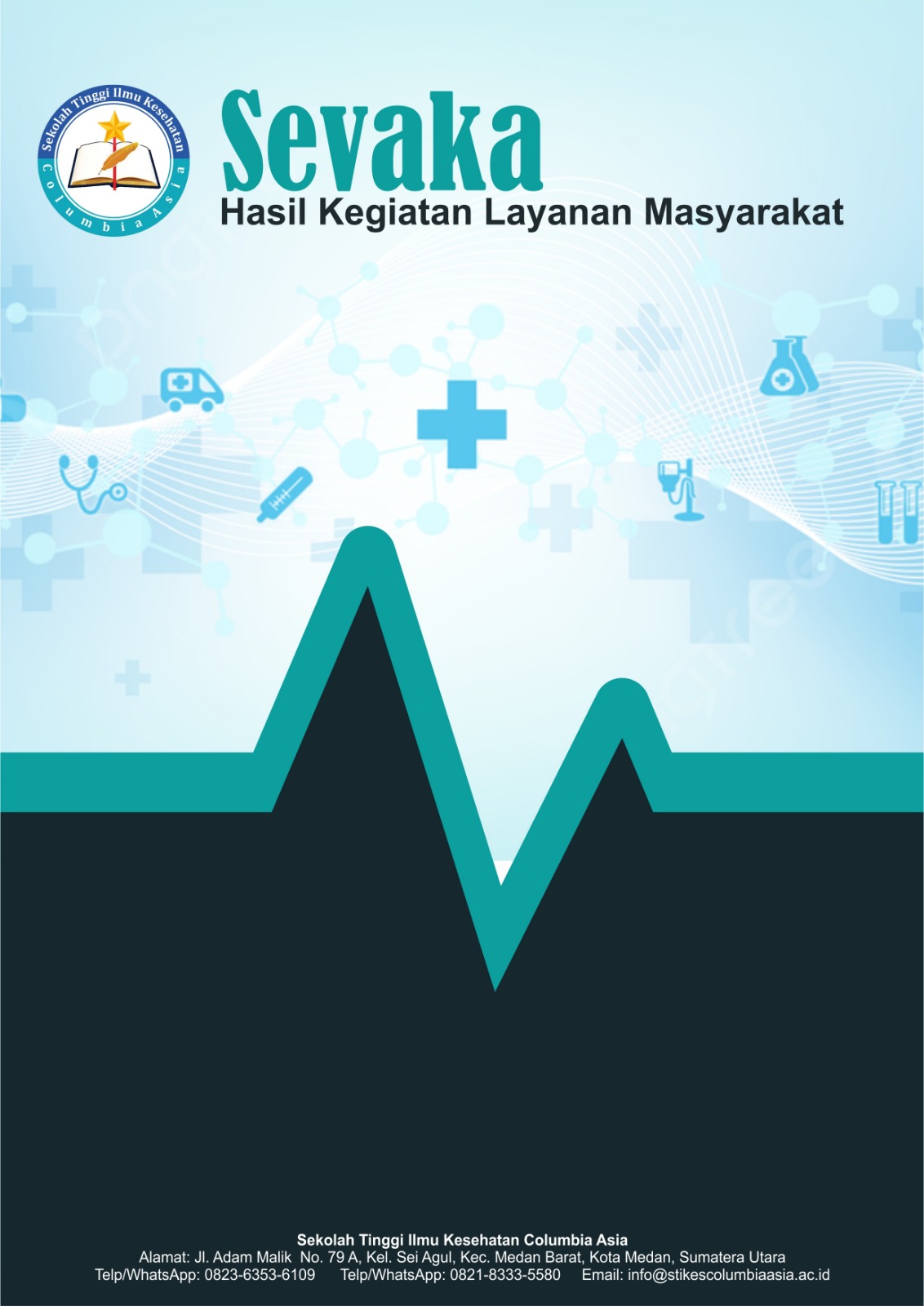Penyuluhan Klasifikasi Risiko Infertilitas Pada Pasien Wanita Berdasarkan Data Rekam Medis Menggunakan Algoritma Naive Bayes
DOI:
https://doi.org/10.62027/sevaka.v3i3.555Keywords:
Infertility, Naive Bayes Algorithm, Risk Classification, Electronic Medical Records, Counseling, Reproductive HealthAbstract
Infertility in women is a reproductive health issue that requires early intervention to prevent long-term effects. With the advancement of technology, electronic medical records data can be utilized to assist in the diagnosis and classification of infertility risks. This study aims to classify the risk of infertility in female patients using the Naive Bayes algorithm based on medical record data, which includes factors such as age, health history, and medical test results. The data used in this study were obtained from hospitals and health clinics focused on managing infertility patients. The methods applied include data preprocessing, applying the Naive Bayes algorithm for classification, and evaluating the model using accuracy, precision, recall, and F1-score metrics. The results of the study show that the Naive Bayes algorithm provides fairly accurate classification in predicting infertility risks. The analysis-generated graph shows the distribution of infertility risks, with 60% of patients having a positive risk (1) and 40% having a negative risk (0). This study also suggests implementing the classification results in the form of counseling for patients to increase awareness and encourage early preventive actions. Thus, the Naive Bayes algorithm can be an effective tool in assisting healthcare providers in data-driven decision-making to address infertility risks in female patients.
References
Alwan, M. M., & Kadhim, M. A. (2020). Application of machine learning techniques in medical diagnosis: A survey of the recent advances in data mining approaches. Journal of Medical Systems, 44(8), 147.
Bharti, A., & Yadav, S. (2019). Infertility diagnosis using artificial neural networks and Naive Bayes algorithms. International Journal of Advanced Research in Computer Science, 10(2), 22-29.
Dutta, S., & Sengupta, S. (2020). Machine learning approaches for the prediction of reproductive health disorders: A case study on infertility. Journal of Applied Statistics, 47(7), 1058-1073.
Fox, M. J., & Liu, Y. (2014). Evaluating the performance of Naive Bayes classifiers in health data mining. Journal of Medical Data Mining, 2(4), 33-44.
Green, A., & Adams, K. (2015). Risk factors for infertility in women: A review of epidemiological studies. Reproductive Health Journal, 12(5), 58-63.
Gunawan, T., & Setiawan, P. (2018). Model klasifikasi untuk prediksi penyakit menggunakan algoritma Naive Bayes. Jurnal Sistem Informasi, 10(1), 45-58.
Harris, J., & Morgan, T. (2020). Understanding the role of data mining in medical predictive modeling for infertility. International Journal of Healthcare Engineering, 12(3), 90-101.
Jadhav, A., & Patel, A. (2017). Prediction of infertility using data mining algorithms. International Journal of Computer Applications, 157(8), 35-40.
Kaur, R., & Arora, A. (2018). Application of data mining in infertility prediction: A comparative study of Naive Bayes and SVM. International Journal of Computer Applications, 179(8), 1-6.
Kementerian Kesehatan Republik Indonesia. (2015). Infertilitas pada wanita: Pengertian, penyebab, dan penanganannya. Jakarta: Kementerian Kesehatan RI.
Patel, S., & Shah, V. (2016). Predictive analytics for infertility diagnosis using machine learning algorithms. Journal of Medical Informatics, 24(2), 89-100.
Pustokhina, I., & Sushchik, M. (2015). Analysis of classifiers’ performance in infertility prediction: A comparative study. International Journal of Medical Informatics, 82(8), 660-670.
Sharma, R., & Singh, A. (2019). Data mining techniques for infertility classification: A survey of recent methods. Journal of Artificial Intelligence Research, 60, 235-245.
Singh, P., & Gupta, R. (2021). Data analytics for predicting reproductive health: A case study of infertility prediction using Naive Bayes. Journal of Bioinformatics and Computational Biology, 19(2), 345-356.
Smith, J., & Taylor, A. (2014). Infertility risk factors and prediction models: A review. Journal of Reproductive Medicine, 59(1), 11-19.
Zhang, W., & Xu, B. (2019). Application of data mining techniques in infertility risk assessment: A review. Journal of Data Science and Artificial Intelligence, 8(6), 197-205.
Downloads
Published
How to Cite
Issue
Section
License
Copyright (c) 2025 Sevaka : Hasil Kegiatan Layanan Masyarakat

This work is licensed under a Creative Commons Attribution-ShareAlike 4.0 International License.







